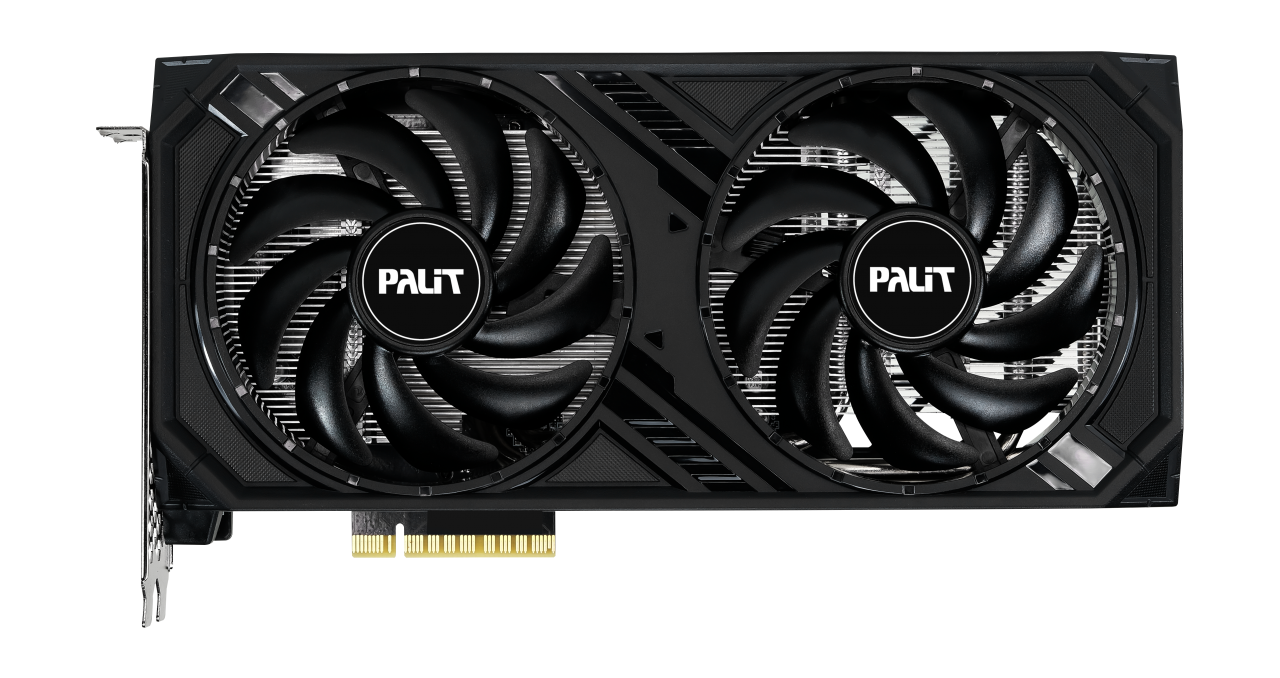This is for informational purposes only. For medical advice or diagnosis, consult a professional.
PCI Express x8 graphics Cards: A Comprehensive Overview
Introduction
In the world of computer hardware, graphics cards play a crucial role in delivering stunning visuals and immersive gaming experiences. While most modern graphics cards utilize the PCI Express x16 interface, there are also cards designed for the x8 slot. This article delves into the intricacies of PCI Express x8 graphics cards, exploring their specifications, advantages, disadvantages, and suitability for various applications.

Understanding PCI Express
PCI Express (PCIe) is a high-speed serial expansion bus standard for connecting components to a computer’s motherboard. It offers significantly faster data transfer rates compared to its predecessor, PCI. The PCIe standard comes in various physical sizes, denoted by “x” followed by a number, indicating the number of lanes the slot has. Each lane represents a dedicated data pathway, and the more lanes a slot has, the higher the bandwidth it can support.
PCI Express x8 Graphics Cards
PCI Express x8 graphics cards are designed to fit into an x8 slot on the motherboard. While they offer less bandwidth compared to x16 cards, they can still provide sufficient performance for certain applications. These cards are often used in situations where space is limited or where the full bandwidth of an x16 slot is not required.

Specifications of PCI Express x8 Graphics Cards
PCI Express x8 graphics cards come in a variety of specifications, including:
GPU: The graphics processing unit (GPU) is the heart of the graphics card, responsible for rendering images and videos. x8 cards can feature GPUs from various manufacturers, such as NVIDIA and AMD.
Advantages of PCI Express x8 Graphics Cards
PCI Express x8 graphics cards offer several advantages, including:
Smaller size: x8 cards are physically smaller than x16 cards, making them suitable for compact computer cases or systems with limited space.
Disadvantages of PCI Express x8 Graphics Cards
Despite their advantages, PCI Express x8 graphics cards also have some disadvantages:
Lower bandwidth: x8 cards have half the bandwidth of x16 cards, which can limit their performance in demanding applications or at high resolutions.
Applications of PCI Express x8 Graphics Cards
PCI Express x8 graphics cards are suitable for a variety of applications, including:
General computing: For everyday tasks like web browsing, office work, and multimedia consumption, x8 cards can provide sufficient performance.
Choosing a PCI Express x8 Graphics Card
When selecting a PCI Express x8 graphics card, consider the following factors:
GPU: Choose a GPU that meets your performance requirements for the intended applications.
Conclusion
PCI Express x8 graphics cards offer a viable option for users seeking a balance between performance, size, and cost. While they may not match the raw power of x16 cards, they can still provide sufficient performance for various applications, especially in situations where space is limited or the full bandwidth of an x16 slot is not required. By carefully considering the specifications and applications of x8 cards, users can make an informed decision and choose the right graphics card for their needs.
graphics card pcie x8
